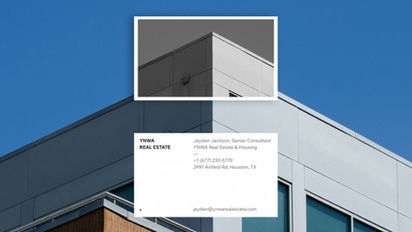Creating a Website to Sell Products Best Practices
Creating a Website to Sell Products Solutions
Creating a Website to Sell Products
In today’s digital age, having a strong online presence is essential for any business or individual looking to reach a wider audience. One of the best ways to establish an online presence is by creating a website. However, not everyone has the technical skills or resources to build a website from scratch. Luckily, there are several website building sites that make it easy for anyone to create a professional-looking website without any coding or design experience. In this article, we will explore some of the best website building sites available and discuss their features and benefits.

Getting Started with Creating a Website to Sell Products
Creating a Website to Sell Products
1. WordPress:
WordPress is one of the most popular website building platforms in the world, powering over 30% of all websites on the internet. It’s known for its flexibility and ease of use, making it a great choice for both beginners and experienced developers. With thousands of themes and plugins available, you can customize your site to fit your needs perfectly. WordPress also offers a user-friendly interface that makes it easy to create and manage content.
2. Wix:
Wix is another popular website building platform that offers a drag-and-drop editor, making it easy for anyone to create a professional-looking site. With hundreds of templates to choose from, you can quickly design a site that fits your brand aesthetic. Wix also offers a variety of features, such as e-commerce tools, marketing integrations, and analytics, making it a comprehensive solution for building your online presence.
3. Squarespace:
Squarespace is a website building platform known for its stunning design templates and powerful features. Whether you’re looking to create a portfolio, blog, or e-commerce store, Squarespace has you covered. The platform offers a range of customization options, such as fonts, colors, and layouts, allowing you to create a unique site that reflects your brand. Squarespace also offers built-in SEO tools and analytics, making it easy to optimize your site for search engines.
4. Shopify:
If you’re looking to build an online store, Shopify is the go-to platform for e-commerce websites. With easy-to-use tools for managing products, inventory, and orders, Shopify makes it simple to create a successful online store. The platform also offers a variety of themes and customization options, allowing you to create a unique shopping experience for your customers. Additionally, Shopify offers integrations with popular payment gateways and shipping providers, making it a comprehensive solution for selling products online.
5. Weebly:
Weebly is a user-friendly website building platform that offers a drag-and-drop editor and a variety of pre-designed layout options. Whether you’re looking to create a blog, portfolio, or online store, Weebly has templates and features to support your needs. The platform also offers SEO tools, analytics, and marketing integrations, making it a great choice for building a successful online presence.
When creating a website layout template, there are several key factors to consider. These include the overall structure of the site, the placement of elements such as navigation menus and content sections, and the use of white space to create a clean and uncluttered design. In this article, we will discuss these factors in more detail and provide tips for designing an effective website layout template.
The first step in designing a website layout template is to consider the overall structure of the site. This includes determining the number of pages the site will have, as well as how those pages will be organized. For example, will the site have a homepage with links to other pages, or will it have a single-page design with all content on one long scrollable page? This decision will impact the layout of the site and how users navigate through it.
Once the overall structure of the site has been determined, the next step is to think about the placement of elements within the layout. Navigation menus, for example, are a key component of any website layout template. They should be easy to find and use, with clear labels that indicate the different sections of the site. Placing the navigation menu at the top of the page or along the side is a common practice, but it can also be placed in other locations, such as at the bottom of the page or as a dropdown menu. Experiment with different placements to see what works best for your site.
In addition to navigation menus, content sections are another important element to consider when designing a website layout template. These sections should be clearly defined and easy to read, with headings and subheadings to break up the text. Images and multimedia elements can also be used to enhance the visual appeal of the site and engage users. When placing content sections on the page, be sure to leave plenty of white space around them to create a clean and uncluttered design.
Speaking of white space, this is another key factor to consider when designing a website layout template. White space, also known as negative space, refers to the empty space between elements on the page. It helps to create a sense of balance and harmony in the design, allowing elements to stand out and making the layout easier to read and navigate. Be generous with white space in your website layout template, especially around important elements such as headings, images, and buttons.
When designing a website layout template, it is also important to consider the responsive nature of the design. With more and more users accessing websites on mobile devices, it is essential to create a layout that looks good and functions well on screens of all sizes. This means using a responsive design approach, where the layout adapts to different screen sizes and resolutions. Test your website layout template on various devices to ensure that it looks and works as intended.

Creating a Website to Sell Products in 3 Steps
Creating a Website to Sell Products
In conclusion, AI web builders are transforming the way websites are created by offering a fast, cost-effective, and user-friendly solution to design and development. These tools enable individuals and businesses to create professional and customized websites without the need for technical skills or assistance. With advanced features such as design customization, mobile responsiveness, SEO optimization, and e-commerce capabilities, AI web builders are empowering users to build effective online presences that drive growth and success. As technology continues to evolve, AI web builders will play a crucial role in shaping the future of web design and digital marketing.

